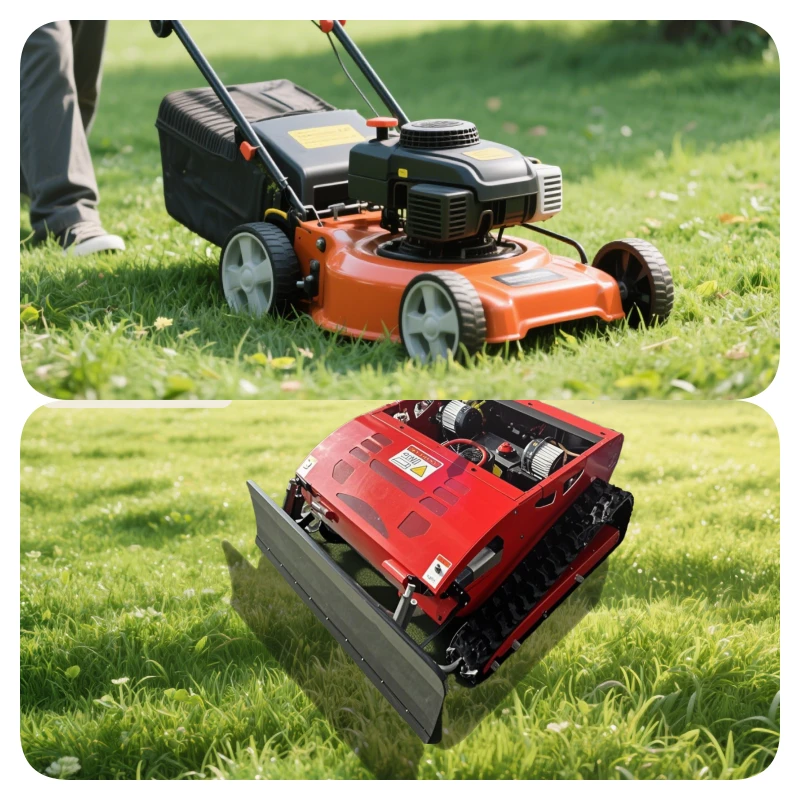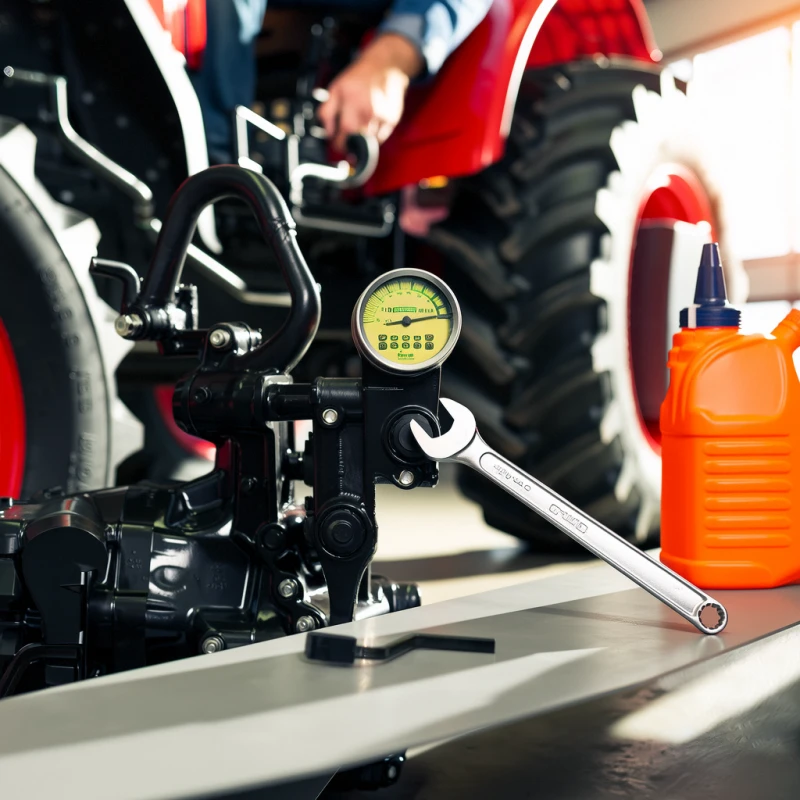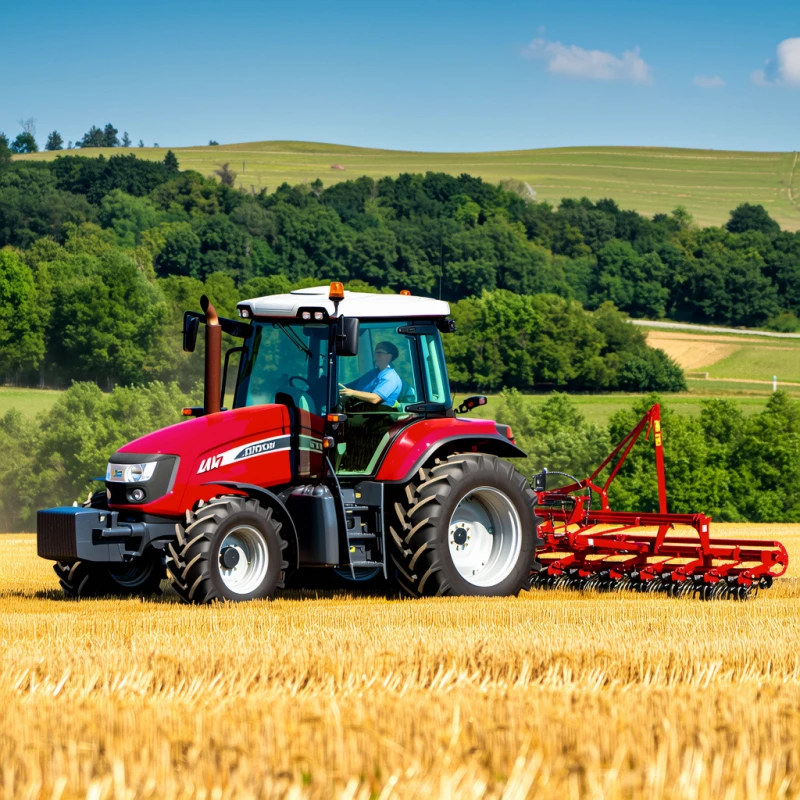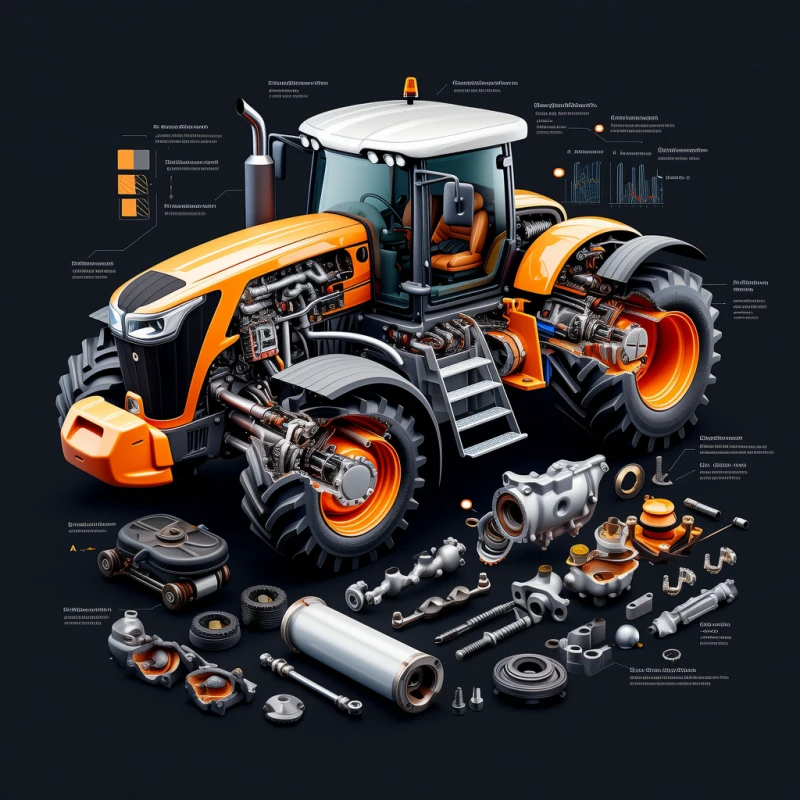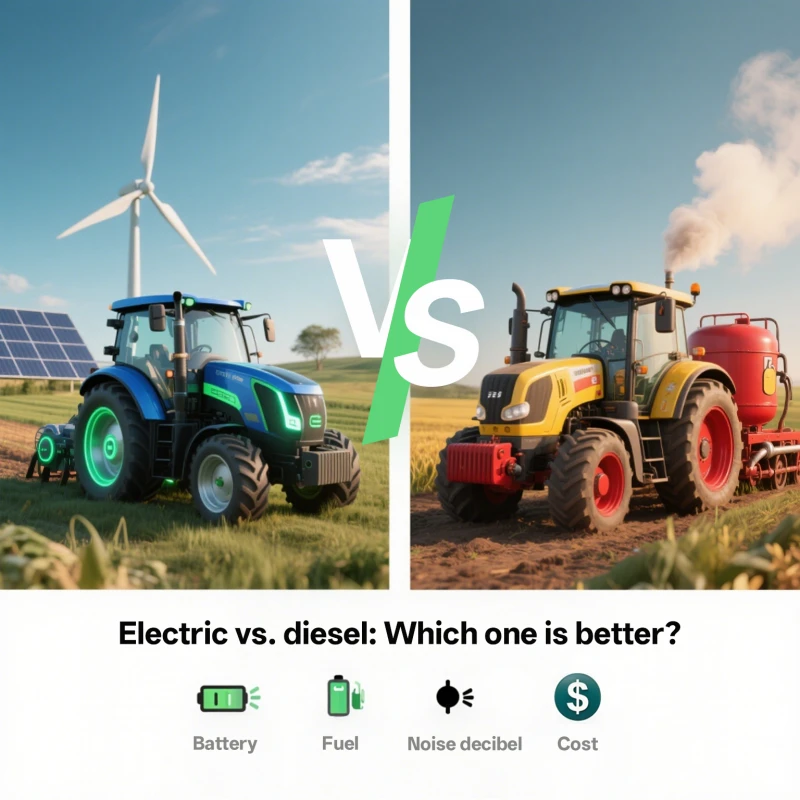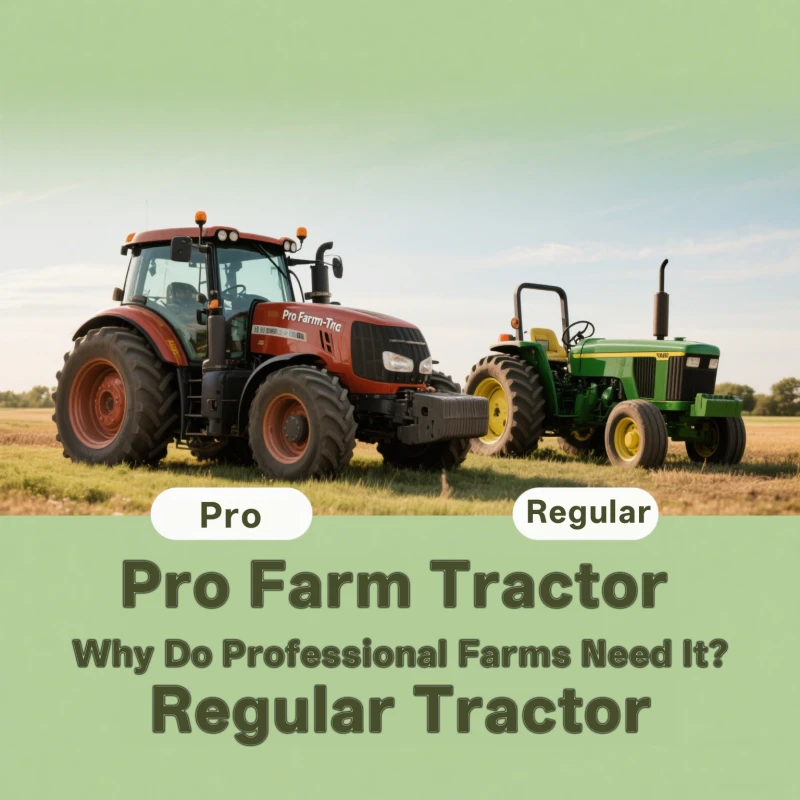Lawn mowing sounds simple enough—until you’re halfway through your backyard on a hot afternoon, soaked in sweat, and questioning all your life choices. Whether you’re a weekend warrior trying to maintain that suburban turf or a groundskeeper managing larger acreage, the type of mower you use can significantly change the experience.
But here’s the million-dollar question: Is a self-propelled mower really that much better than a good old push mower? Well, as someone who's tried both, I’ve got opinions. And data. Let’s dig into the facts and figure out which machine actually saves you effort and boosts efficiency—because hey, no one wants to spend their entire Saturday fighting a stubborn lawn.
Understanding the Basics
Before we dive into efficiency metrics and sweat-dripping anecdotes, let’s define the two:
Push Lawn Mowers rely solely on your physical strength to move them forward. No motor assistance, just you and raw calf power.
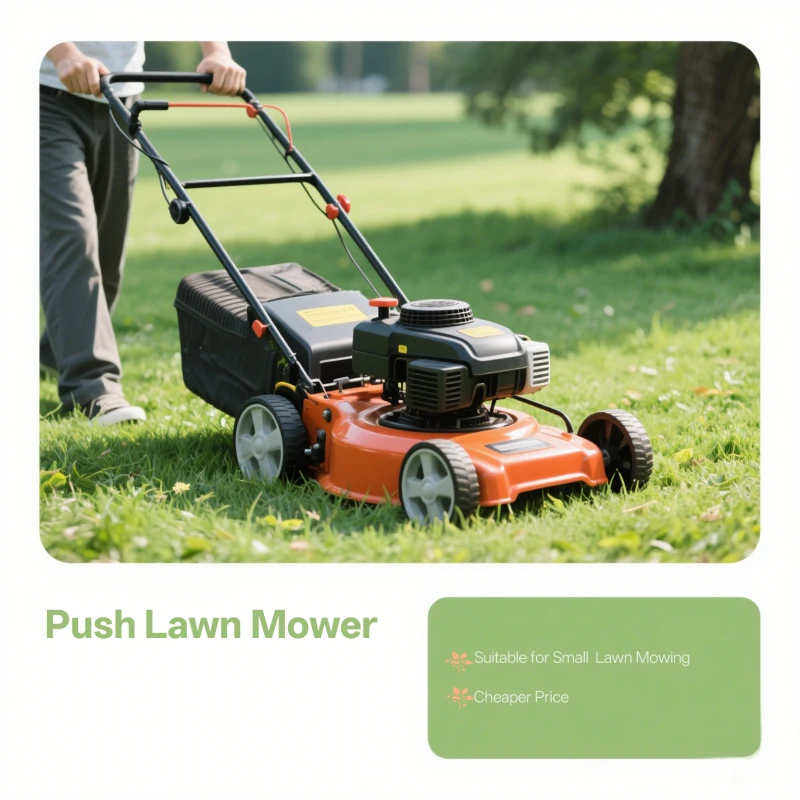
Push Lawn Mowers
Self-propelled Lawn Mowers have a transmission that powers the wheels, so you only need to guide the mower—not push it.
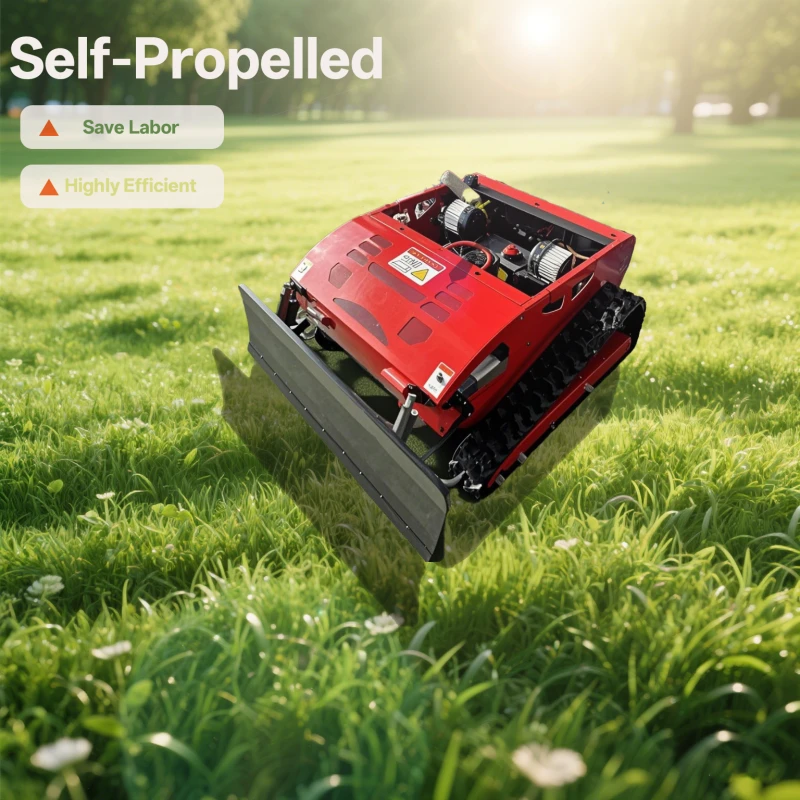
Self-propelled Lawn Mowers
At a glance, it seems obvious which one’s easier. But let’s back it up with numbers.
Comparative Data Table: Self-Propelled vs Push Lawn Mower
| Feature | Self-Propelled Mower | Push Mower |
|---|---|---|
| Average Lawn Size Coverage per Hour (sq ft) | 7,000 | 4,500 |
| Average Calories Burned per Hour | 250 | 400 |
| User Fatigue Score (1-10) | 3 | 7 |
| Time Taken for 5,000 sq ft Lawn (minutes) | 45 | 70 |
| Average Cost (USD) | $400 | $250 |
| Ease of Use Rating (1-10) | 9 | 5 |
| Noise Level (dB) | 85 | 80 |
Labor-Saving: Who Wins the Muscle Match?
Here’s the thing—I once mowed an entire half-acre yard with a push mower on a July afternoon. My arms felt like linguine afterward, and I swore I'd never do it again. That day, I burned nearly 500 calories (verified by my smartwatch), but I also needed a nap that rivaled hibernation.
Push mowers demand constant effort, especially on inclines or uneven terrain. By contrast, self-propelled mowers cut the grunt work dramatically. You still walk, but you're not forcing the blade-laden tank forward—it rolls on its own. According to research, self-propelled mowers reduce physical exertion by up to 60% on average.
Verdict: Self-propelled mowers are significantly more labor-saving.
Efficiency: Who Gets the Job Done Faster?
Speed isn’t just about engine power—it’s also about coverage per hour and time per job. With a push mower, you average around 4,500 sq ft/hour. Self-propelled units? They clock in closer to 7,000 sq ft/hour—that’s over 50% faster.
When you’ve got a large lawn or need to mow regularly (especially during the high-growth summer months), this time-saving aspect adds up like compound interest. It’s the difference between a quick task and a whole afternoon affair.
Price: The Elephant on the Lawn
Yes, self-propelled mowers are pricier. On average, they cost about $150 more than a standard push mower. But here's a counterpoint: your time and energy aren’t free. If you're mowing weekly for 6 months, that’s roughly 24 sessions. If a self-propelled mower saves you 30 minutes each time, that's 12 hours back in your life. Worth it?
Plus, modern brands (like ours at Zhenith Tech) are working hard to bridge that affordability gap. With vertically integrated manufacturing and in-house component production, we’ve reduced mower production costs by 15–20% compared to the industry average—making high-efficiency tools more accessible without sacrificing quality.
Ergonomics & Usability: What Your Body Will Thank You For
Usability matters more than we admit. A mower that’s hard to maneuver or causes strain will make the task ten times worse.
Self-propelled mowers typically have adjustable speeds, ergonomic handles, and smoother traction. You glide more than push. And if you're dealing with slopes, roots, or soft ground, they’re simply better suited.
Push mowers can be downright punishing in comparison, especially for older adults or anyone with joint issues. Fatigue ratings in field studies (1–10 scale) show self-propelled mowers average a 3, while push mowers average a 7. That’s a stark difference.
Noise, Maintenance, and Other Factors
Surprisingly, push mowers are slightly quieter (around 80 dB vs 85 dB), but that’s rarely a deal-breaker unless you're mowing at sunrise on a Sunday.
As for maintenance, self-propelled mowers may require a bit more attention due to their transmission systems—but modern engineering (especially at Zhenith Tech) has made this far more manageable. Our RC mowers, for example, include smart diagnostic features and easy-access panels to simplify service.
Real-World Application: Zhenith Tech’s RC Mowers
This debate doesn’t stop at handheld mowers. In real-world commercial and agricultural applications, remote-controlled (RC) mowers are pushing the boundaries of what "labor-saving" really means.
At Zhenith Tech, we’ve developed a range of crawler-type and wheeled RC mowers, powered by gasoline or diesel, that do all the work remotely. You stand safely at a distance—no sunburn, no strain, no repetitive motion injuries. In fact, one of our clients in rural Sichuan reduced their weekly mowing time from 6 hours to 1.5 hours, just by switching to our RC mower. That’s real-world efficiency, no fluff.
Our RC mower series even offers add-ons like snow blades, sprayers, and weed-cutting attachments, making them more than just mowers—they're multi-purpose land care solutions.
A Word About Sustainability and the Future
There’s also the environmental angle. Push mowers have a smaller carbon footprint—but only if they’re manual (i.e., reel mowers). Gas-powered push mowers and self-propelled ones are on par environmentally. However, Zhenith Tech is exploring electric and hybrid RC mowers, aligning efficiency with sustainability goals. It's an exciting direction that combines labor savings with long-term ecological benefits.
So, Which One Should You Choose?
Here’s my honest take:
For small lawns (<3,000 sq ft): A push mower might be fine—affordable and straightforward.
For medium to large lawns, uneven terrain, or frequent use: Go with a self-propelled mower. Your body will thank you.
For commercial or agricultural needs: Seriously consider Zhenith Tech’s RC mowers. They redefine labor-saving and efficiency.
Sometimes, convenience isn't a luxury—it's an investment in your time, your health, and your peace of mind.
Final Thoughts
Choosing between a self-propelled and a push mower is more than just a price tag decision. It's about how you value your time, energy, and physical well-being. I’ve mowed enough lawns in my life to know that the right machine can make all the difference.
And with companies like Zhenith Tech leading the way in mower innovation—from traditional machines to futuristic RC units—the future of lawn care is looking a lot more efficient (and a lot less sweaty).

